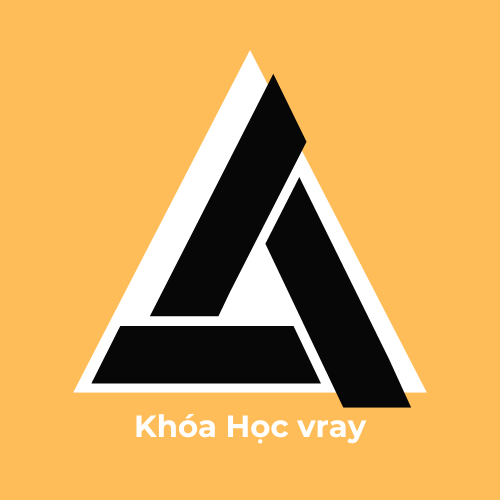Two-wheeled American identity represents a complex tapestry of rebellion and community, rooted in mid-20th century transformations. Evolving from wartime machinery to cultural icons, steel horses transformed into mechanical expressions of autonomy, transporting both countercultural ideals and mainstream commercial appeal[5][10][17].
## Origins and Early Development https://usabikers.net/
### Post-War Origins
Contemporary motorcycle culture crystallized during the reintegration challenges faced by demobilized soldiers. Military personnel familiar with structured military hierarchies pursued new fraternal organizations, leading to early rider groups including the Market Street Commandos and Hells Angels precursors[5][13][17]. Harley-Davidson and Indian motorcycles, that saw military service, transitioned from tactical vehicles to identity markers, fostering century-spanning consumer devotion[5][11].
The notorious “American Motorcycle Association riot” propelled motorcycle clubs into national consciousness, when a massive gathering overwhelmed a rural municipality, resulting in urban chaos and police intervention. This episode solidified the outlaw biker stereotype across societal perceptions, notwithstanding most participants being organized racing enthusiasts[10][13][17].
## Influential Biker Groups
### Outlaw Clubs vs. Sanctioned Associations
Established in 1924 originally functioned as the governing body for structured riding activities. Yet, the association’s discriminatory membership rules—barring racial minorities until the 1950s—ignited the rise of independent clubs which opposed mainstream motorcycling norms[11][13].
Major renegade rider organizations evolved into key players in this counterculture:
1. Hells Angels Motorcycle Club[2][3][10]
2. “God Forgives, Outlaws Don’t” adherents[3][10][13]
3. East Coast secretive brotherhood[8][10]
4. Texas-born international network[3][10]
These groups operate through formalized leadership roles including titled leadership roles, while physical headquarters functioning as security-enhanced meeting spaces[10][13]. Although media portrayals of lawlessness, many chapters engage in community support programs such as holiday gift drives[8][10][15].
## Shaping American Identity
### From Silver Screen to Fashion Runways
The outlaw persona permeates American popular culture, ranging from Hollywood’s rebellious archetype in *The Wild One* to contemporary streaming series. Such widespread influence manifests in:
– Apparel styles: Distinctive biker attire marketed through brands like Biker Life USA and Bikers Lifestyle[4][12]
– Musical influences: From punk rock to heavy metal embracing biker aesthetics
– Written narratives: Journalistic exposes and fictionalized accounts[1][6]
Recent sociological analyses highlight the inherent contradiction of modern biker culture: simultaneously eschewing societal norms while being heavily commercialized via corporate sponsorships of major rallies[1][7][12].
## Modern Dynamics and Complex Issues
### Riding Through 2025
Annual rider gatherings remains fundamental to American biker culture, featuring 2025’s major rallies including:
– Daytona Bike Week (Florida)[7][15]
– Historic Black Hills convergence[7][15]
– Arizona Bike Week (Scottsdale)[7]
Emerging trends reconfigure rider demographics:
– Increasing female participation via organizations such as [2][8]
– Technological integration with online coordination platforms[7][15]
– Eco-friendly initiatives promoting electric motorcycle adoption[15][17]
Regulatory controversies persist, particularly regarding:
– Outlaw club violence and law enforcement strategies[10][13][17]
– Responsible sponsorship models despite controversial revenue sources[8][17]
– Commercial exploitation issues about biker imagery in mainstream fashion[4][12]
## Conclusion
American biker culture occupies a pivotal juncture, balancing its rebellious origins against 21st-century commercialization. While contemporary riders embrace electric motorcycles and digital communities, the core ethos regarding liberty and camaraderie persists—now expressed through inclusive memberships and progressive values. The road ahead may involve greater legal oversight coupled with ongoing societal impact, guaranteeing motorcycling’s enduring place within US national identity[5][10][17].
